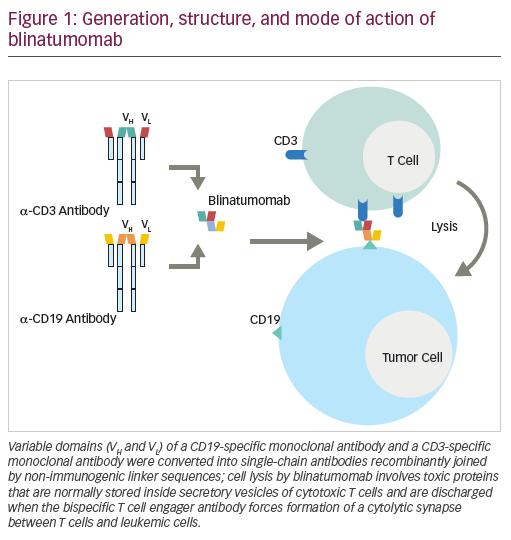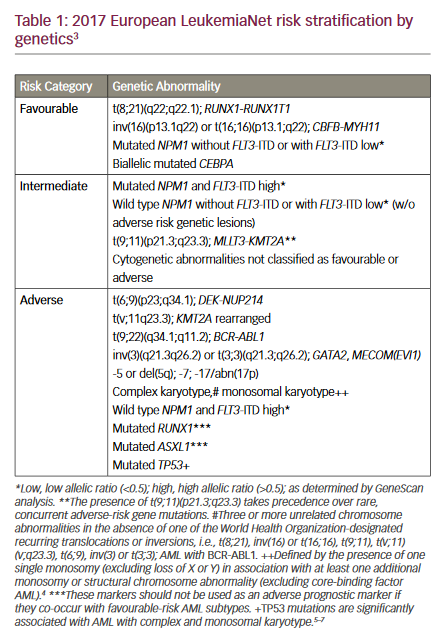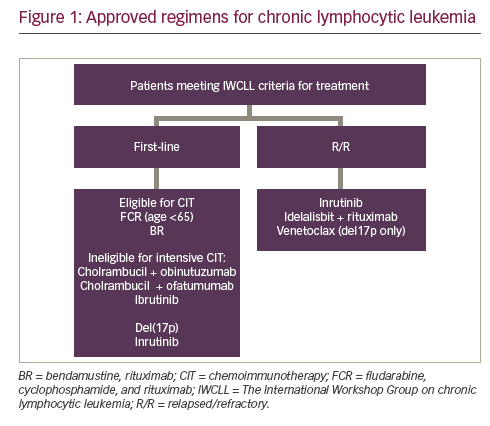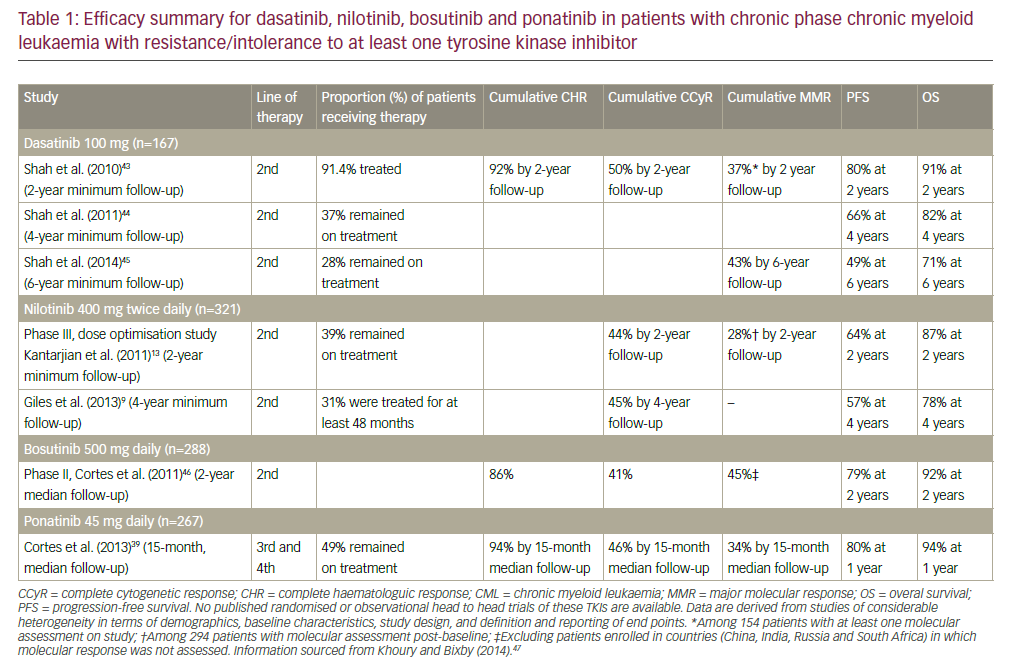In the early 1990s, pioneering work from John Dick’s laboratory demonstrated that only a rare subset of malignant acute myeloid leukaemia (AML) cells could reconstitute the disease following successive xenotransplantations in mice.1 This work was possible due to critical advances in haematopoietic stem cell (HSC) isolation based on surface marker expression profiles,2 and provided the first experimental evidence for a concept that had been previously discussed for decades: the cancer stem cell (CSC). The CSC model contends that long-term tumour growth is driven by a population of cells with stem cell-like properties, resulting in the formation of tumours that are functionally and morphologically heterogeneous.
This heterogeneity can be explained by two CSC models. In the hierarchical model, CSCs are a biologically distinct subset of cells that both sustain the stem cell pool through self-renewal and give rise to progeny lacking extensive proliferative capacity. This model is analogous to the function of stem cells in normal tissue development. It follows from this that elimination of the CSC compartment will result in cessation of tumour growth. In contrast, the stochastic model contends that all cells within a tumour have the potential to act as CSCs and that functional heterogeneity is influenced by other factors. These could be either intrinsic (e.g., varying levels of particular transcription factors) or extrinsic (e.g., the tumour niche).
There is a substantial amount of evidence that the hierarchicalmodel applies in some tumours. The initial findings of John Dick’s laboratory, which have since been expanded upon,3 showed that the long-term tumour-maintaining capacity in AML lies only within a rare subpopulation. Although other studies suggest the phenotype of these cells may be more diverse than initially thought,4,5 the bulk of the evidence indicates that AML follows a hierarchical stem cell model. Xenotransplantation studies have also demonstrated that other solid tumours follow the hierarchical model, including breast,6 colon7,8 and brain9 cancers. However, it appears that the model may not apply to all tumours, as the frequency of propagating cells in melanoma is very high (one in four)10 and stem cell activity is associated with all cellular phenotypes11 – although contradictory findings have been reported.12
To view the full article in PDF or eBook formats, please click on the icons above.













